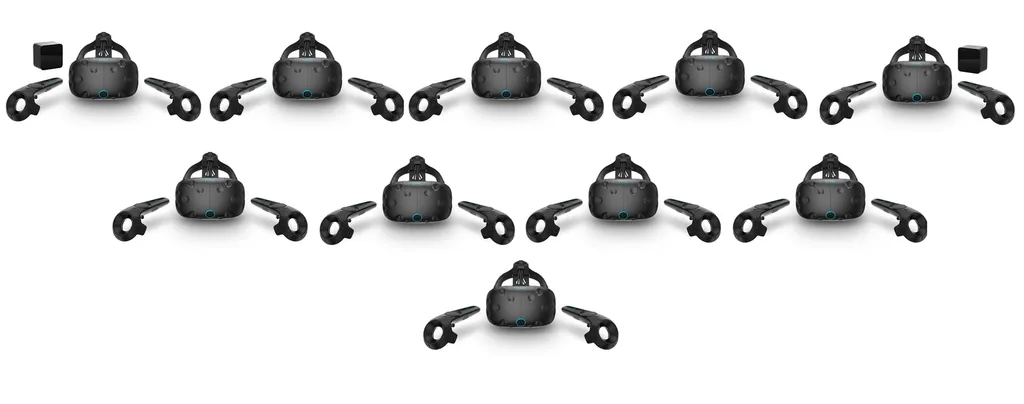Almost three and a half years after beating Facebook’s Oculus Rift to market with more features, HTC is retiring its original room-scale VR headset — the HTC Vive.
The remarkable PC-powered system first shipped in April 2016 for $800 as the result of a partnership between Valve and HTC. Facebook’s Oculus Rift shipped around the same time but without hand controllers or large-scale tracking. Facebook eventually added those features and dropped Rift’s price far underneath Vive. Still, Vive captured the imaginations of many developers and buyers with its robust support for those features early on.
In 2019, roughly 1/3 of VR headsets using Valve’s Steam are HTC Vives. Vive eventually dropped its price to around $500 before its discontinuation. It will be replaced with Vive Cosmos starting at $700.
For any readers who might be feeling emotional right now, let me try to push you into tears by recommending a re-watch of this 2016 video showcasing the system’s capabilities:
HTC says it plans to continue selling and supporting the Vive Pro and Vive Pro Eye — its much more expensive follow-on systems focused on business use cases that are also built on Valve’s SteamVR Tracking technology.
“We currently don’t have a plan to abandon SteamVR Tracking in any way, shape, or form,” said Dan O’Brien, HTC’s VR general manager for the Americas. “Valve is a very good partner and we’ll continue to enjoy the benefits of that partnership.”
Cosmos relies on an inside-out tracking solution like Facebook’s $400 Rift S, which replaced the original Rift earlier this year. Valve, meanwhile, aimed for the high end of the market in 2019 with its own Index VR system available as a full package for $1000, as an HMD-only upgrade from the original Vive and its SteamVR Tracking system for $500, or as an HMD plus new Index controllers package for $750.
“We got a lot of feedback from launching Vive CE and a lot of that drove what became Vive Pro and Vive Pro Eye,” O’Brien said. “And that’s going to continue on its path, we’re going to continue along that strategy, but we felt like it’s time to start bringing in a new replacement for the Vive CE. That product is going to start coming out of the market very shortly. By the end of the quarter it’s going to start becoming very scarce in channel. Our current offering is coming to the end of its life, we’re really proud of that SKU and the amount of time we got in the market with it. It’s rare that a consumer electronics company gets to have a product live for that long in channel and in market.”


























